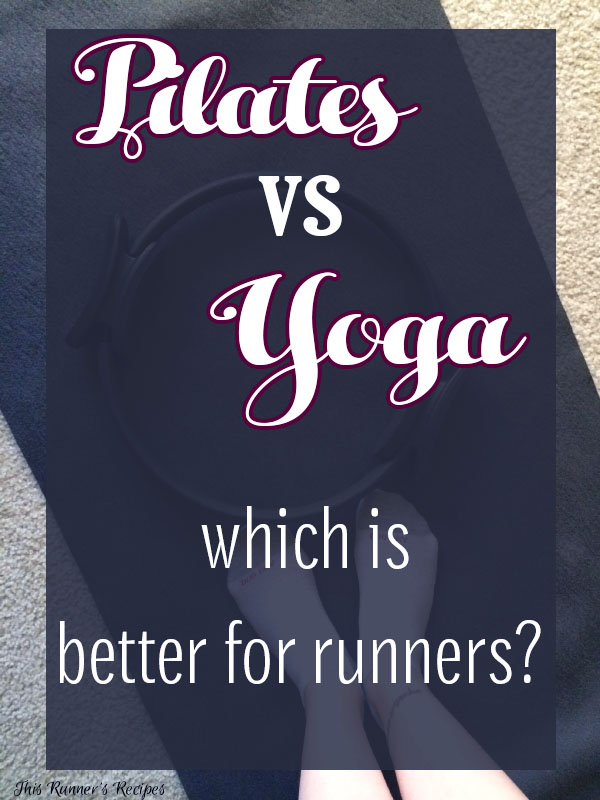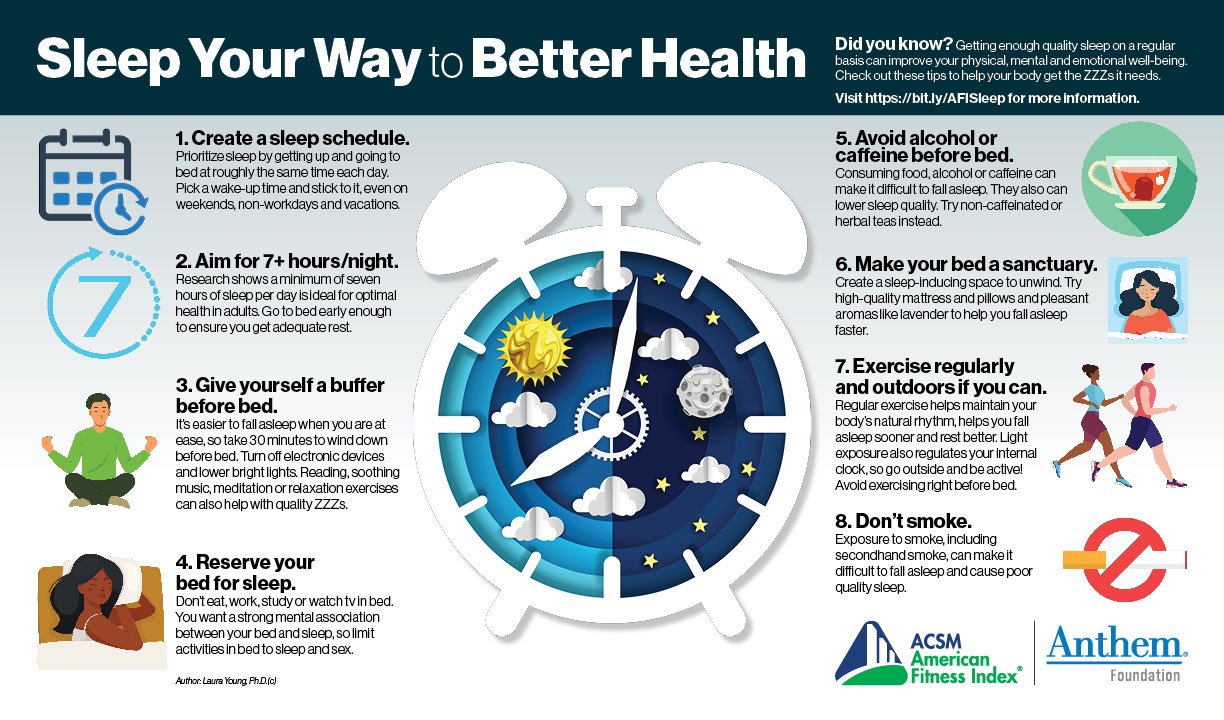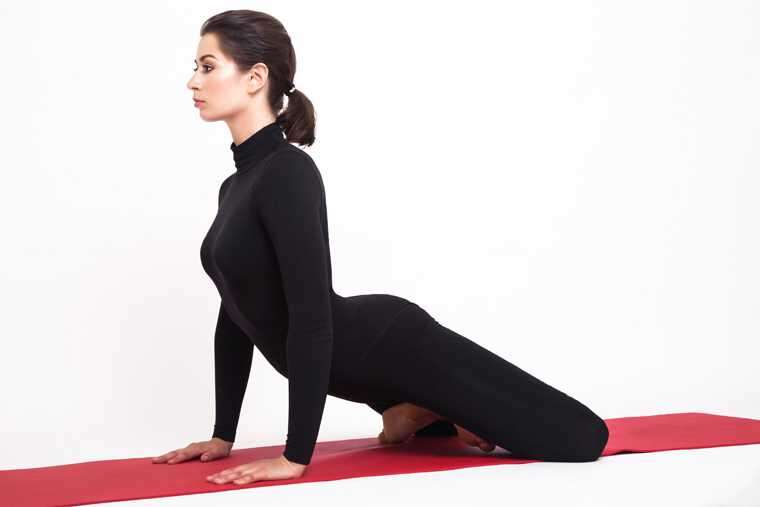
Anxiety is a common ailment, and yoga poses can help people relieve it. These yoga poses are extremely effective at calming anxiety and relieving it. Ralph Waldo Emerson once said that "Nothing brings your peace except yourself." These yoga poses for anxiety may help you find that peaceful place. Here are a few of the best ones. These will not only calm your body and mind, but will also make you feel a little better in general.
The Easy Pose combines diaphragmatic breathing with lifting the toes. You can reduce anxiety by focusing on the root cause. The Fish Pose is one of many yoga poses for anxious people that focuses on heart openings. This deep heart opener can help you release negative emotions as well as open up your chest and throat. You will also be able to locate the source of your anxiety.
Warrior II Pose requires strength in your core, legs and core. Anxiety can be caused from many things, including the unknown and stressful job situation. Warrior II Pose builds strength and will help you face uncertainty head-on. The Upward Salute Pose for anxiety is another good yoga pose. It allows you to stand tall and extend your arms from your crown to your toes.

Bridge Pose and Corpse Pose are great yoga poses to help anxiety. The Corpse Poses will help you prioritize rest and meditation so that your mind can be free to relax. Although the Bridge Pose is an inversion it allows for more breathing space. The Crocodile Pose and Bridge Pose both work well to reduce anxiety. These yoga poses are great for anxiety relief.
Relaxing in the breath of fire pose can help you to relax. This is the perfect yoga pose for anxiety because it teaches proper breathing techniques. This is Kundalini yoga's part, which emphasizes singing and chanting. Breath of Fire is a powerful and effective way to relax your mind and restore balance. It can also be used to release tension from the body. The warrior pose is one the best yoga poses for anxiety. It is important to keep in mind that the warrior pose is an advanced pose suitable for all levels.
Balasana poses allow you to stretch your whole body. This pose opens the chest and helps to relieve tension in the shoulders and upper back. This gentle position will help you relax and overcome anxiety. This pose is especially helpful for people who are suffering from headaches. This pose can reduce anxiety and increase blood flow. These are three of the best yoga poses to reduce anxiety.
The supported bridge pose is a resting position that extends the neck, spine and chest. It aids in digestion. This pose is great for anxiety as it helps you to focus on the mind-muscle connection. It is one of the most commonly used yoga poses for anxiety. The spine is stretched and the chest is stretched in this pose. The brain will follow when the muscles relax. This is a way to calm the mind, nervous system and body.

Another great yoga pose for anxiety is savasana. This resting pose involves lying on your back with your eyes closed. It's a very relaxing pose that helps to clear your mind of negative thoughts. It is also a great way to sleep better. You will be able to manage your emotions by focusing on your breath and bringing your attention towards your breath. This is one of many benefits to yoga for anxiety. So, you shouldn't wait to start trying it!
If you suffer from anxiety, yoga is a great option for you. Anxiety can be treated with yoga poses for anxiety. These exercises will help you to reduce your cortisol levels. You'll feel calmer & more relaxed by lowering cortisol. Perhaps you can even eliminate anxiety. This is a great starting point for yoga. Here are some examples of poses you can try if you don't know where to start.
FAQ
Is Cardio Better Than Strength Training?
Both are equally great. But cardio is a much better choice if you want to gain muscles faster.
Cardio burns more calories in a minute than strength training and more fat.
Strength training helps build muscle mass. But it takes longer than cardio to accomplish this goal.
Which is the best order to exercise?
It all depends on what you're looking for. To build muscle mass, you should first lift heavy weights. Then move into cardio. You can then go to strength training if your goal is to lose weight.
Start with cardio if you only want to lose fat. Then add strength training after.
Then if you want to gain muscle mass, do cardio last because it stimulates growth hormones which help build muscle mass.
Before you start your workout, it is a good idea to eat. This will fuel your muscles and make them work harder. You will feel happier during your workout.
Which dietary supplements are good for weight loss.
You need to exercise and diet in order lose weight. Some people find certain supplements helpful.
Many studies show that omega-3s may help you lose weight. Omega-3s are essential fats that are important for brain function and cell membrane integrity. These fats are found in seafood such as salmon, tuna and shrimp.
Some research has shown that green tea could be helpful in weight loss. Green tea is rich in catechins, antioxidants which may boost metabolism and aid weight loss.
Does weightlifting burn more fat than other forms of exercise?
You can lose more fat by weight lifting, but only when you do it in conjunction with cardio.
You should do weightlifting after your cardio workouts to maximize its benefits.
Weightlifting is a good way to lose weight. It increases your heart beat and oxygen consumption.
However, if you don't combine it with cardio you won't see any significant changes to your body composition.
Statistics
- Candidates and applicants must pass all four tests at 70% (minimum level) to graduate from Basic Deputy U.S. Marshal (BDUSM) Training. (usmarshals.gov)
- According to the American Heart Association, blood pressure should be checked at least once every two years, beginning at age 20. (my.clevelandclinic.org)
- According to the American Academy of Dermatology (AAD), men over 50 are at a heightened risk of developing it. (healthline.com)
- Get free shipping and 25% off today. (healthline.com)
- The PRS enabled risk stratification for overall prostate cancer and lethal disease with a four-fold difference between men in the highest and lowest quartiles (HR, 4.32; 95% confidence interval [CI], 3.16-5.89). (pubmed.ncbi.nlm.nih.gov)
External Links
How To
How does a man become fit in just 30 days?
Breaking down your fitness goals into smaller, more manageable steps is the best way for you to reach your fitness goals.
Each day you need to be working towards your goal. This could include anything from 10 pushups that last 5 minutes to running 3km.
You will notice positive results if this is done consistently over time.
You must be consistent. You must persevere until your success is achieved.
What is the main difference between Aerobic Fitness or Anaerobic Fitness
Anaerobic fitness is the ability to do intense physical work without oxygen. Anaerobic pathways provide sufficient energy for high-intensity exercise. Anaerobic pathways can include glycolysis, creatinephosphate, the Phosphagen, and lactic acids.
In contrast, aerobic fitness refers to sustaining continuous low-intensity exercise. While performing aerobic exercises, oxygen is used as the primary source of fuel for the cells. The aerobic pathway is more efficient than the anaerobic.
If you are looking to run a full marathon, then you have to increase your aerobic ability. You won't be successful if you focus only on your anaerobic ability.
Aerobic fitness is also referred to as cardiovascular fitness. The two most common methods of measuring cardiovascular fitness are VO2 max testing and step tests.
VO2 Max Test
VO2 max refers to the maximum amount of oxygen (O2) used by the body during exercise. This test measures the amount O2 that the body can use when exercising.
This is the best test to assess cardiovascular fitness. This test requires expensive equipment, and highly qualified professionals to administer.
Step Tests
Step tests are simple yet effective methods of measuring cardiovascular fitness. These are based on your weight and age, they require you to run or walk on a track.
These tests are easy, inexpensive, and accessible almost anywhere. For example, you could walk on a treadmill 20 minutes and then stop. Throughout the session your heart rate should not exceed a specified range.
This method is known as the "Bruce Protocol". Bruce was himself a runner and developed the protocol after realizing his heart rate wouldn't increase when he ran for longer distances.